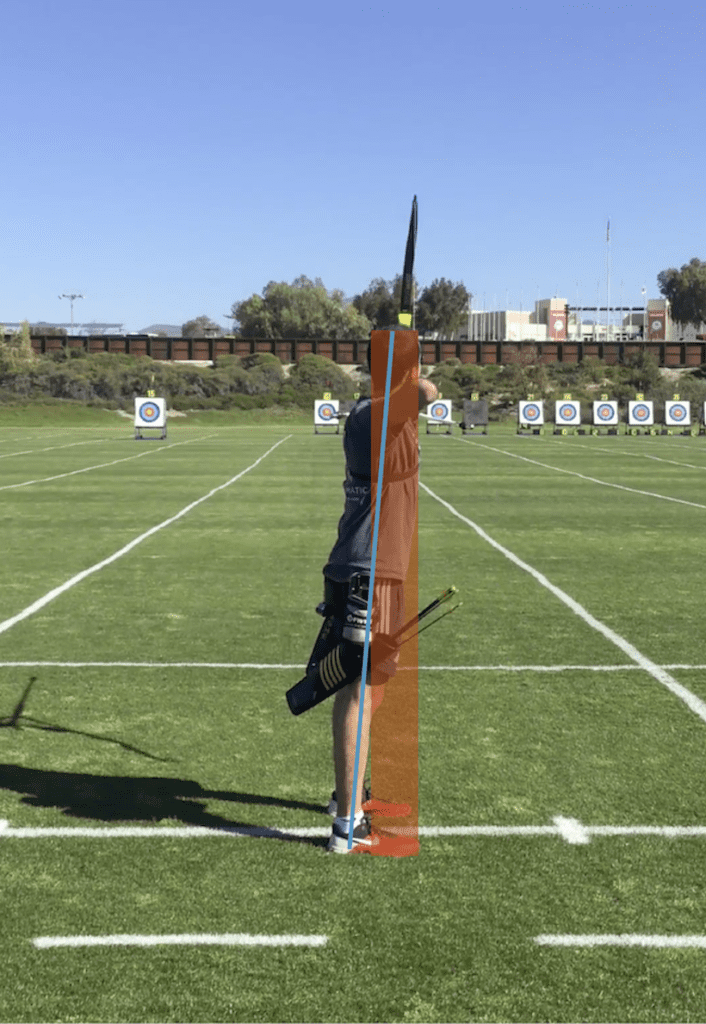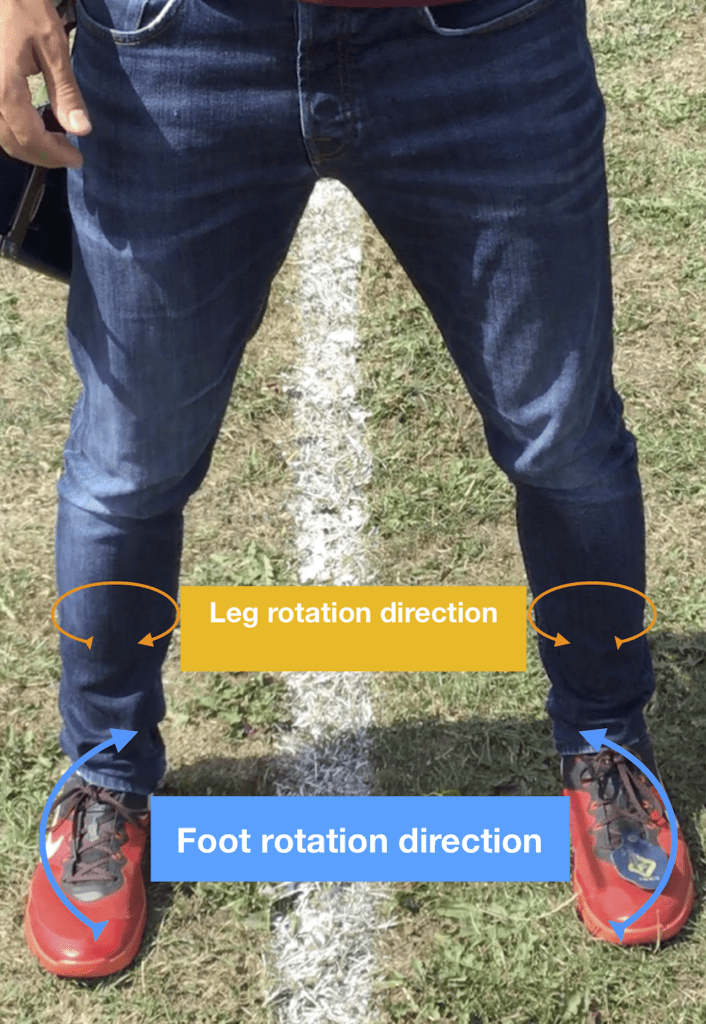Archery Stance and Posture
Table of Contents
INTRODUCTION
Your stance and posture is the foundation which everything else is built upon, and it’s especially important for recurve archery. It is crucial to the consistency of your whole shot. When we talk about ‘stance’ we are talking about the position of the feet. We use the term ‘posture’ to refer to the shape, position and activation of the whole body. This starts from the feet and stretches right up to the head. The correct stance will let you shoot with correct posture and will help your recurve technique hugely.
Many people don’t give enough attention to their stance and posture. As a result, many recurve archers struggle to achieve correct shoulder positioning and technique. Attempting to correct this without improving posture first will be very difficult. Without good posture, it can also be hard to create and maintain balance, which is perhaps the most important part of any shot. As you can see, your stance and posture affects your ability to position and use your whole body.
A strong, stable stance and posture is essential. This will give you a solid base to work from and enables the most efficient shot. For recurve beginners, the key points from this technique section are below. You can also watch videos on stance and posture on our Online Archery Academy YouTube channel. If you’ve not yet read Recurve Archery Basics be sure to read that guide first.
Key Points for Recurve Archery Stance and Posture
1. Square stance, feet either side of the shooting line and parallel to it, shoulder width apart.
2. Weight slightly forward on balls of feet.
3. Legs rotated slightly and glutes engaged.
4. Pelvis tucked flat and core engaged.
5. Spine straight, T-posture, no postural sway.
6. Flat back, shoulders neutral, head neutral and turned fully.
ARCHERY STANCE
THE SQUARE STANCE FOR ARCHERY
Place both feet either side of the shooting line, equidistant from each other and slightly wider than shoulder width apart. A line drawn through the balls of your feet should point at the gold. You can see this stance in Figure 1a and 1b.
As you can see in Fig. 1b, the hips remain in line with the feet, and the shoulders remain in line with the hips.
If your stance is too wide, you will feel too much tension in the legs. If it is too narrow, you will feel a lack of stability and the urge to lean away from the target. You should feel the weight of your body transferring through your pelvis, legs and right down to your feet.
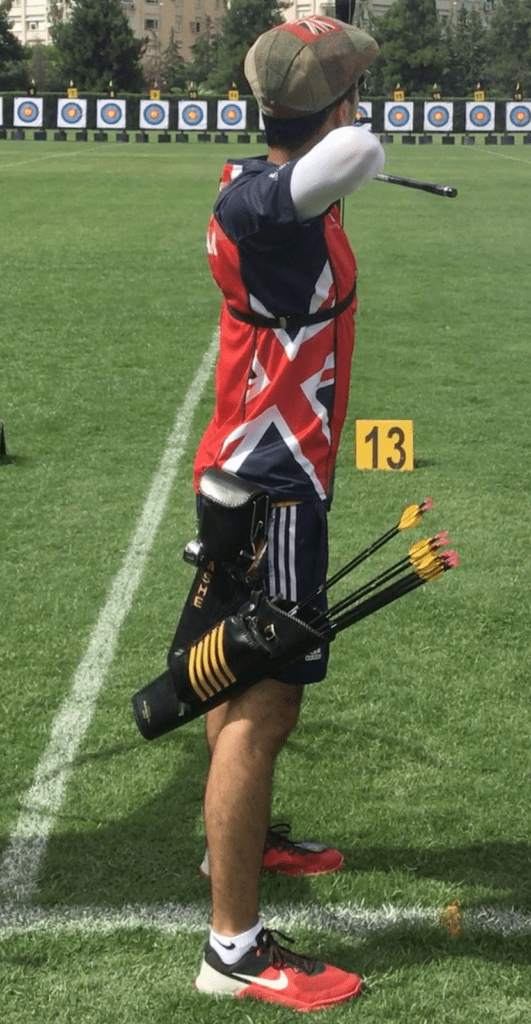
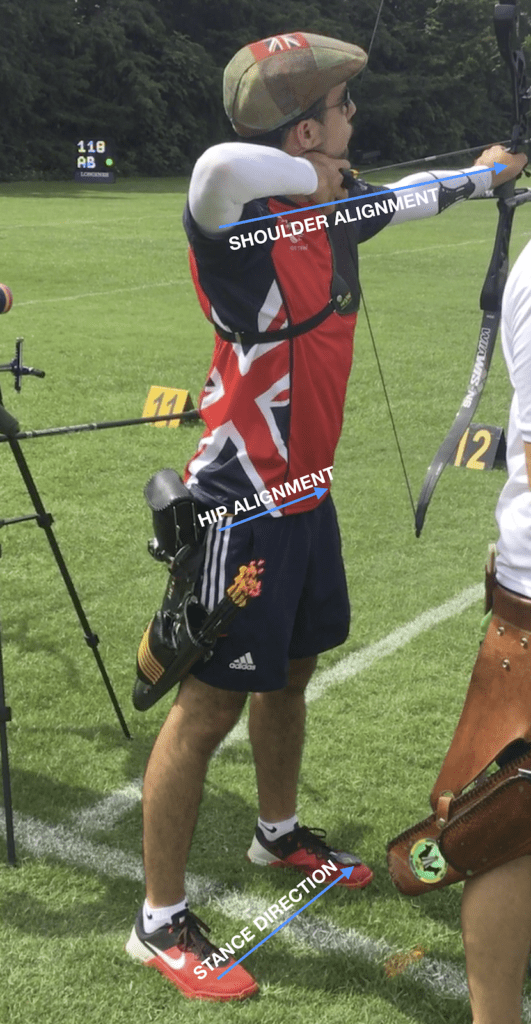
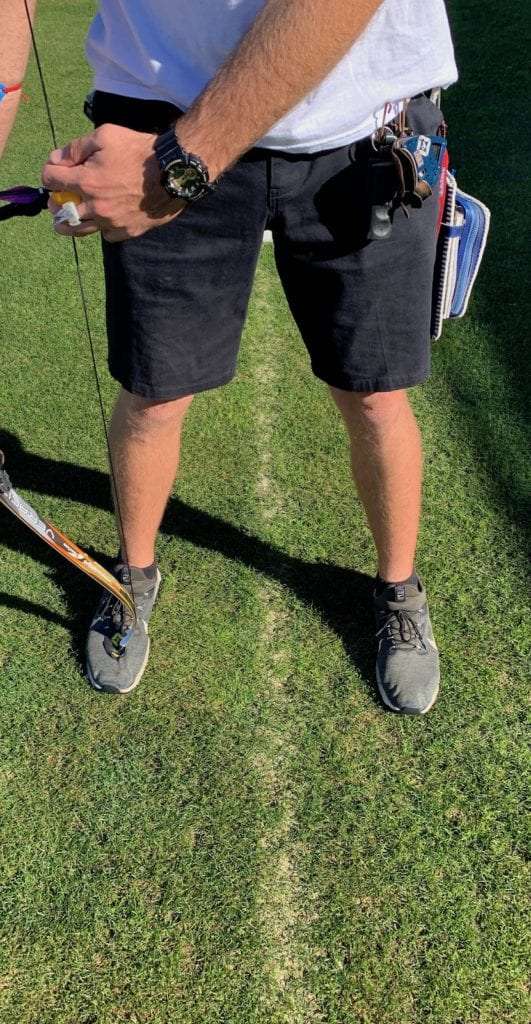
WHY THE SQUARE STANCE FOR RECURVE ARCHERY?
There are other recurve stance options which may eventually suit your individual archery technique better. These are the open and closed stances and they are great options for many archers, everyone is individual. However, we STRONGLY recommend shooting with the square stance to begin with until you have learnt the basics of proper recurve form and you’re more experienced, particularly with the technique for body posture. Experiment with your stance after learning basic technique, and do this with an experienced recurve coach.
The reason we recommend the square stance is because it’s simple and efficient. You need minimal torso and abdomen rotation to achieve shoulder alignment. Therefore, it can be quicker to learn and maintain correct posture because it’s generally easier for you to feel leaning towards or away from the target. Because the shoulders are aligned with the hips and feet, they are naturally more closely aligned to the target. This means this stance can benefit shoulder alignment for some people, especially newcomers to recurve archery.
The square stance only places a low amount of stress on the body. This can be helpful if you lack back and torso flexibility, as a smaller amount of rotation is needed. Because you don’t need to twist the body so much, the back and spine are under less load.
The drawback of the square stance is stability in the wind. Because the feet are parallel, you have a narrow base of stability along the shooting line compared to an open stance.
LEGS AND GLUTES
The point of the stance is to enable good posture, and this starts from the legs. Your legs should be straight and your weight slightly forward, on to the balls of your feet. This will help your posture and improve your archery form. It’s important to have no bend in the knee, but don’t pull your knee caps and retract them back. You can see good leg positioning in Fig. 2a, as well as the slight forward weight balance on to the balls of the feet.
Whilst not physically moving your feet, you should rotate your legs slightly so that it feels like you are pushing your heels together and your toes apart. You should then also be able to feel like you can grip the floor slightly with your toes. As you rotate your legs, you should feel your glutes (bum muscles) tighten and your bum cheeks squeeze together slightly. This process greatly increases the stability of your overall archery technique by solidifying your stance. You can see the correct direction of leg rotation in Fig. 2b.
